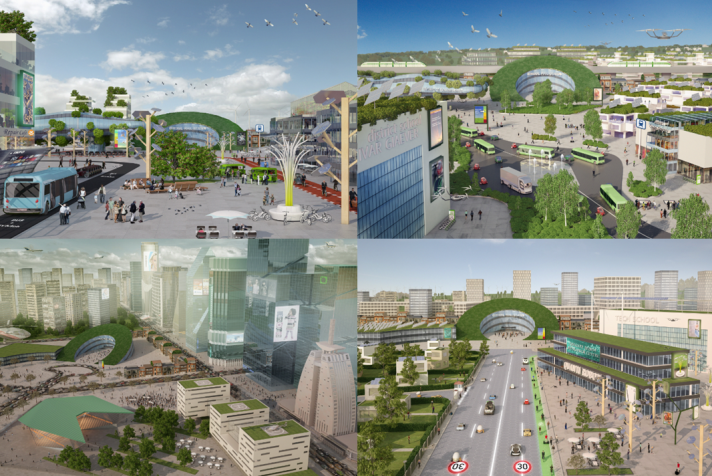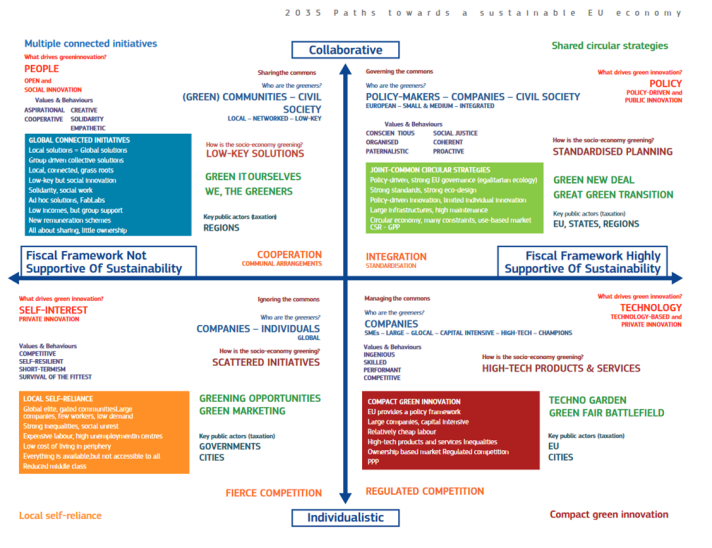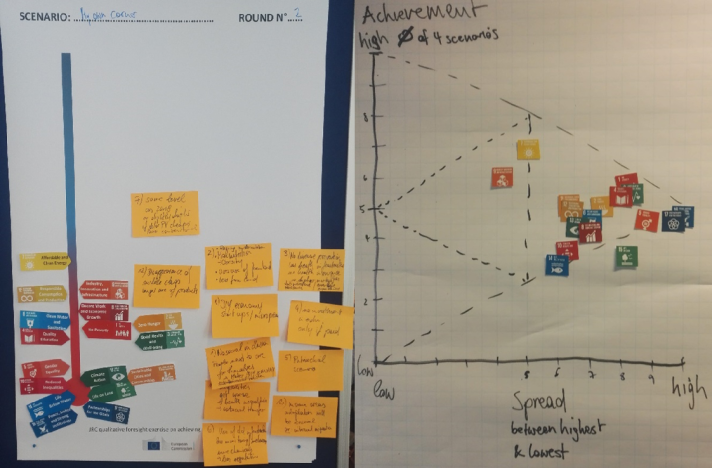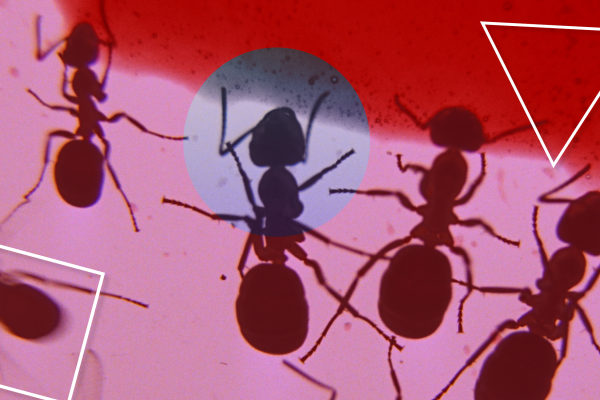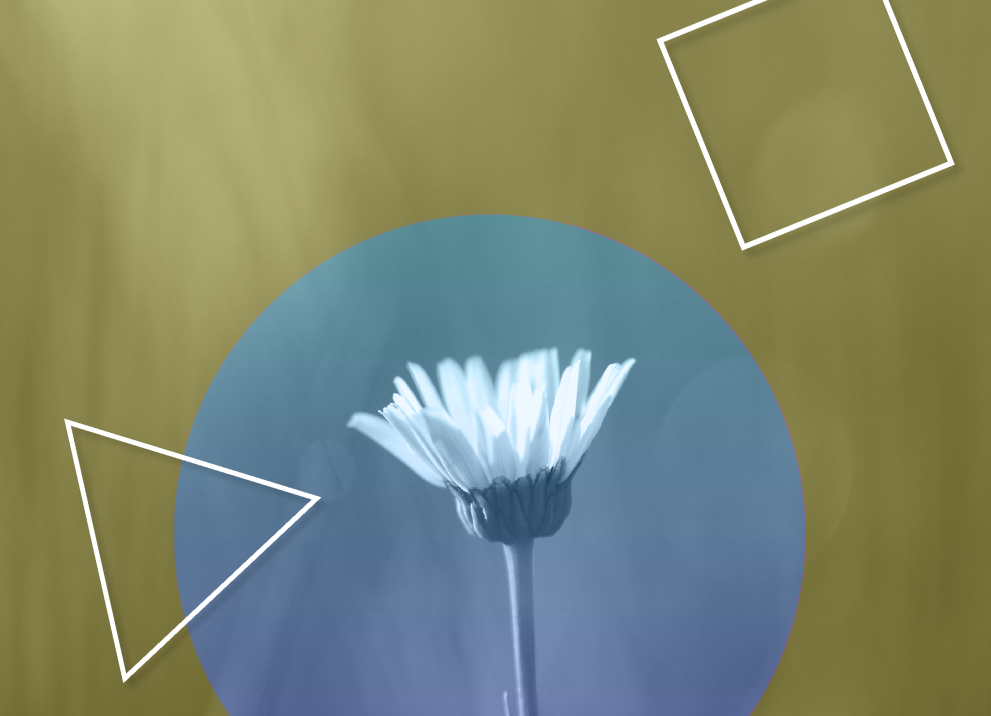
The Joint Research Centre (JRC) has long been active in foresight to explore sustainable futures, and more specifically to help EU policy-makers and stakeholders build images of possible sustainable transitions. Today, these exercises become even more relevant in view of the publication of the European Green Deal by the new European Commission. One such study conducted by JRC was the 2015 foresight study “2035: Paths towards a sustainable EU economy”. This foresight study developed long-term visions for eco-industries (Horizon 2035), identifying relevant trends and drivers, highlighting implications for EU policies and describing realistic and desirable possible futures. It took a systemic approach to eco-industries, defining them as a stream of business activities across and within the entire industrial segment of society. This definition encompassed “Green industries” (environmental industries), “Industries greening“(other industries adopting eco-innovations) and “Eco-innovative solution providers” (R&D, new business models, organisational and/or social innovation, integrators). In its “Shared Circular Strategies” scenario (the top right scenario in Figure 1), this study already illustrated how a successful “Green New Deal” would work in the EU.
In the visualisation below you can see the key elements of this scenario and the other three, structured around two axes:
Figure 1: Key elements of the scenarios. Published on page 23 of
“2035: Paths towards a sustainable EU economy”
In 2018, the European Commission requested another qualitative foresight exercise from the JRC to assess progress on achieving the UN Sustainable Development Goals (SDG) in the European Union by 2030. The purpose of this internal exercise was to feed the Commission’s reflection paper “Towards a sustainable Europe by 2030” that was published at the end of January 2019. This participatory foresight exercise relied on a group of about 40 external experts in addition to Commission staff. It provided, for each SDG, a qualitative analysis that made it possible to write the assessment for Europe in 2030 presented in Annex II of the reflection paper.
It was based on a scenario-based 2-step analysis illustrated by figures 2 and 3.
Figure 2 (to the right): Illustration of the qualitative method used to assess success in achieving the SDGs in the various scenarios.
Figure 3 (to the left): Illustration of the approach used to assess how scenario-dependent success in achieving the SDGs was.
The purpose of a new foresight exercise performed in 2019 was to generate insights to help the Directorate General for the Environment (DG ENV), before there was talk of a European Green Deal, to refine the European Commission´s long-term vision for a future EU environment strategy and EU sustainability strategy.
The ultimate goal of EU environmental policies is spelt out in the title and vision of the EU’s 7th Environment Action Programme (EAP): ‘Living well, within the limits of our planet’. The Commission considers that this vision continues to be valid and fully in line with the UN Agenda 2030 and the SDGs. However, in spite of the EU’s ambitious policy action, the recent European Environment Agency report “The European environment — state and outlook 2020: knowledge for transition to a sustainable Europe” (SOER 2020), shows that the achievement of the 7th Environment Action Programme (EAP) is greatly challenged. The Earth, and the European continent, is facing an unprecedented ecological crisis. Many planetary boundaries have been crossed: the economic and societal development witnessed in Europe and other parts of the world over the past century has caused unprecedented environmental degradation.
In this context, The Directorate-General for Environment (DG ENV), the Joint Research Centre (JRC), the Directorate-General for Research and Innovation (DG RTD) and the European Environment Agency (EEA) joined their efforts to run an inclusive and participatory foresight process to support the reflection on the future of EU environmental policies. This process focused on three priority themes, each addressed in a dedicated one-day workshop:
- Consumption and lifestyles
- Sustainable food systems
- Future of industry
A few common conclusions came out of this exercise:
- A politically agreed 2050 vision is needed (The European Green Deal is witness to that).
- We must adopt a systems approach to policymaking.
- The role of citizens is very important.
- Businesses need help to adopt truly sustainable business models.
- We must ensure transparency and traceability of products throughout their life cycle.
- The environmental challenges industry is facing require an integrated approach.
- We need an integrated policy covering food safety, security and sustainability to ensure the sustainability of the EU food system.
- EU sustainability and global sustainability go hand in hand.
The European Green Deal announced by Commission President Ursula von der Leyen pick-up on several of these topics.
Due to the entangled nature of the three pillars of sustainability (social, economic and environmental), transitioning towards sustainability cannot be achieved without a strong policy coherence and integration across the three pillars. The profoundness of change that this transition requires means that this is not feasible within usual planning timeframes. It requires policymaking to take a long-term outlook. While the future cannot be predicted, it can be explored by applying the methods of foresight and it can be shaped through the actions that we are taking today. Foresight explores long-term alternative futures through qualitative, inclusive and participatory approaches, engaging all relevant stakeholders and all relevant sources of knowledge.
Details
- Publication date
- 18 December 2019
- Author
- Joint Research Centre
- EU Policy Lab tags

